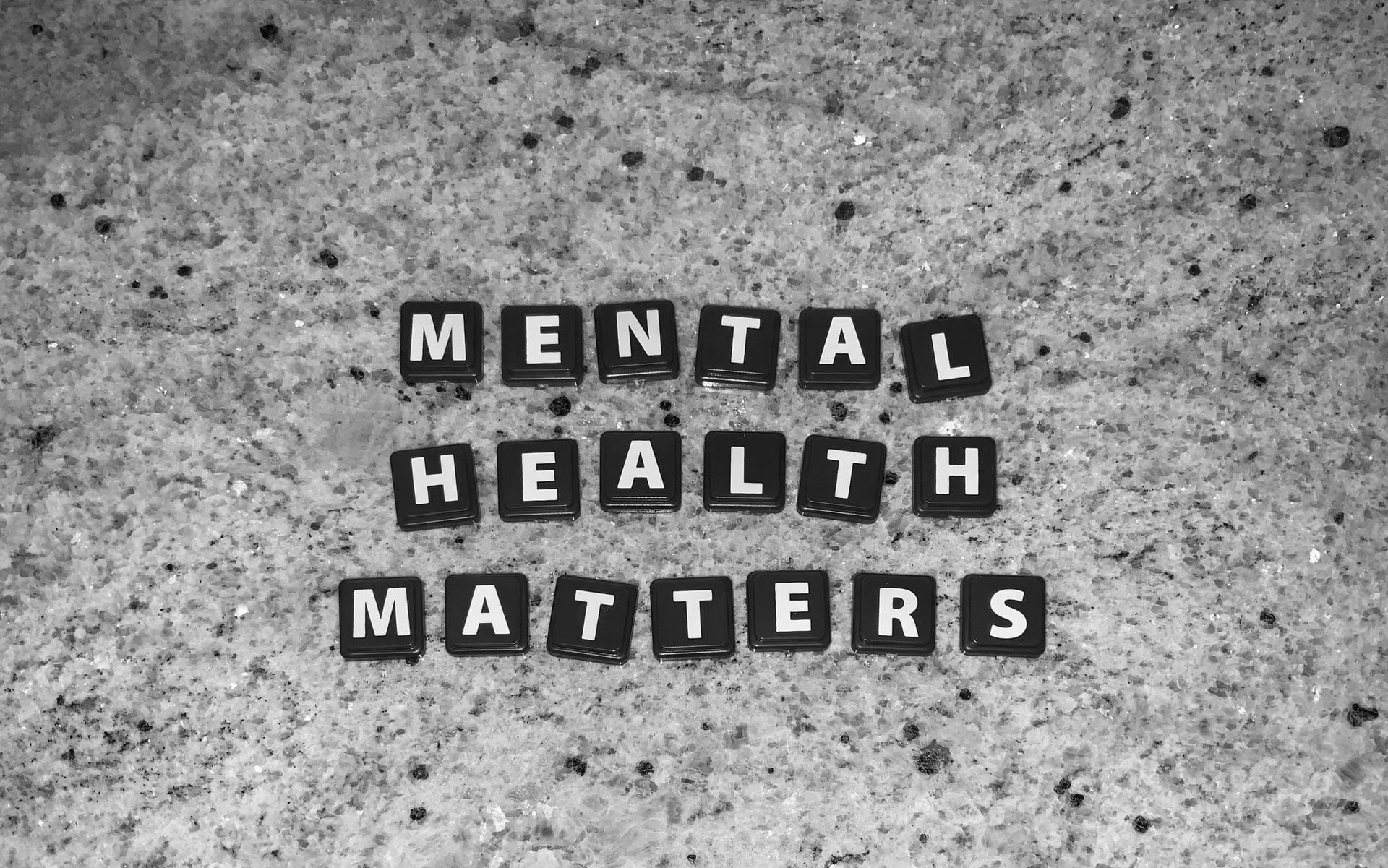I had a rather shocking, but welcoming surprise last week. What has commonly been referred to in the therapy community as complicated grief has now been recognized as a real mental health condition. It is called prolonged grief disorder (read more here) and was recently entered into the Diagnostic and Statistical Manual of Mental Disorders (DSM-5). The symptoms have been defined and classified by the American Psychiatric Association (APA), which you can read more about here.
In short, the DSM is the handbook used by clinicians and psychiatrists in the United States to diagnose psychiatric illnesses. It covers all categories of mental health disorders for adults and children, including anxiety, depression, OCD, addictive and eating disorders. Why is this so important to point out?
It’s important to talk
It’s important to talk about because most of us do NOT want to be thought of as having a mental illness simply because of the stigma that still exists around it. Talking about these types of disorders that we can generally accept more readily than other really scary and threatening psychiatric illnesses, places all of us who are suffering one or more of them squarely in the mainstream. Simply because so many millions of people are suffering one or more disorders. And grief is now no longer the exception. Yay!
Speaking publicly about mental health disorders helps us feel less isolated
Normally, I am uncomfortable using the term mental illness to describe my own or anyone else’s health issues. But, writing and speaking publicly about mental health disorders helps us all feel less isolated in our management of symptoms and recovery. And I now live with two of them! PTSD and Prolonged Grief Disorder. Happy to wear the badges! Especially if sharing my experience publicly along with others who do the same, can help bring change to how we understand and treat grief. Which in large part does fall to the medical community to lead the charge.
I’m thrilled that what was formerly called complicated grief is finally being recognized in the medical community and even that it has been defined as a disorder for a few reasons. But first, let’s talk about what this disorder is.
What is prolonged grief disorder?
The APA defines prolonged grief disorder as affecting the bereaved individual who:
“… may experience intense longings for the deceased or preoccupation with thoughts of the deceased, or in children and adolescents, with the circumstances around the death. These grief reactions occur most of the day, nearly every day for at least a month. The individual experiences clinically significant distress or impairment in social, occupational, or other important areas of functioning.”
Other symptoms
Other symptoms that exceed expected social, cultural or religious norms and cannot be better explained by another mental disorder include:
o Identity disruption (e.g., feeling as though part of oneself has died).
o Marked sense of disbelief about the death.
o Avoidance of reminders that the person is dead.
o Intense emotional pain (e.g., anger, bitterness, sorrow) related to the death.
o Difficulty with reintegration (e.g., problems engaging with friends, pursuing interests, planning for the future).
o Emotional numbness.
o Feeling that life is meaningless.
o Intense loneliness (i.e., feeling alone or detached from others).
The symptoms sound awful. And they are! As a bereaved mom, I experienced all of these symptoms in my earlier grief and continue to experience some of them today.
So, why a welcome surprise?
So, why was the announcement of this new disorder a shocking but welcoming surprise to me? Because so many people who have been living with these feelings, thoughts and behaviours and haven’t been able to describe what they have been experiencing, now can!
And given that medical experts also admit that prolonged grief has always existed, but they didn’t know what to call it, by giving it a name they can now treat it. It doesn’t mean they will get all the treatment right. But it does mean that by working intuitively with the bereaved who no longer have to fear being thought of as crazy, progress can be made in the type of support, time and effort that is required if we are going to even have a chance to heal from living with prolonged grief.
Major gripe
My major gripe with this otherwise wonderful addition to the DSM-5 is the time frame expected for the bereaved individual to heal from grief that is within the social, cultural or religious norms. And, given this is the APA definition, we are talking North American (I’m pretty sure Canadian therapists rely on the DSM-5 as well). I also disagree that prolonged grief disorder will apply to only 4% of bereaved individuals.
What is this time frame and who may have prolonged grief disorder?
As stated in this recent article the new diagnosis was designed to apply to a narrow slice of the population. That is, roughly 4% of bereaved people who are incapacitated, pining and ruminating a year after a loss, and unable to return to previous activities.
I disagree with two things:
- I’ve yet to meet anyone who isn’t missing and ruminating a dearly lost loved one long after they are gone. The one-year timeframe, in my view, is a huge miscalculation of the expected grief recovery period for loss in general, never mind grief related to sudden and traumatic loss.
- The number of people who may be deeply and surprisingly impacted by loss cannot truly be predicted or underestimated.
While it is unclear whether the timeframe and population expected to be affected by this disorder was decided in consideration of economic factors (e.g. employer, insurance and possible new drug treatment costs), the good news is, and as shared by APO CEO and Medical Director Saul Levin, M.D., M.P.A.:
“Including prolonged grief disorder in the DSM-5-TR will mean that mental health clinicians and patients and families alike share an understanding of what normal grief looks like and what might indicate a long-term problem,” said APA CEO and Medical Director Saul Levin, M.D., M.P.A. “Especially now, sharing information and increasing awareness about prolonged grief disorder is essential.”
I agree. It’s a start. But more work needs to be done. Upward and onward.
Cheers,
Vonne
Find more resources at www.vonnesolis.com.


Feature Photo by Marcel Strauß on Unsplash

